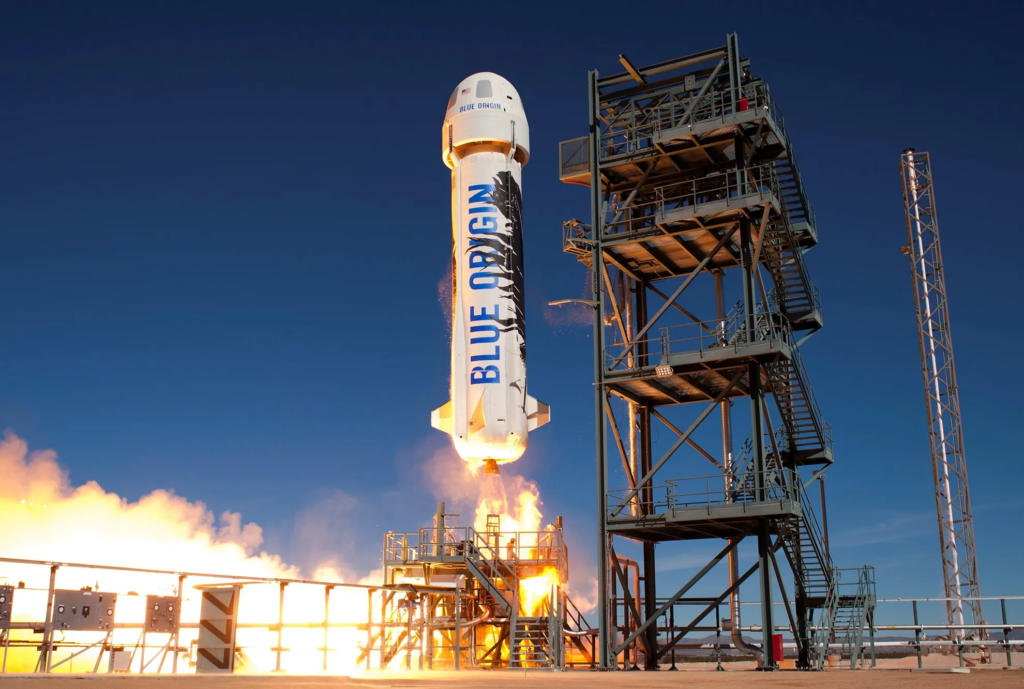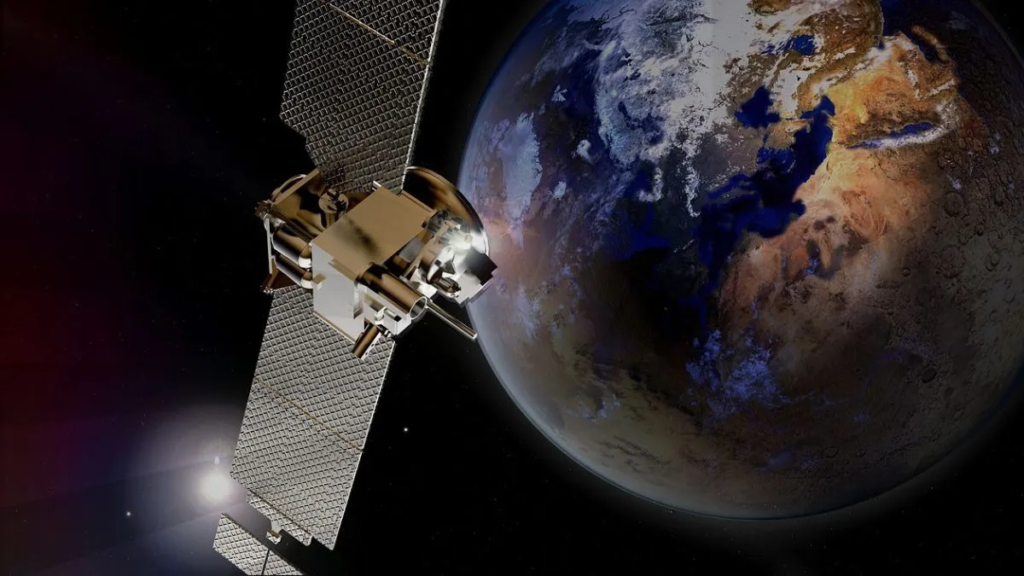Project Kuiper is Amazon’s ambitious plan to build a satellite-based internet service and provide high-speed broadband access across the globe, especially in areas where traditional internet services are unavailable or unreliable. The project is backed by Amazon’s founder Jeff Bezos and is named after the Kuiper Belt—a region of the solar system beyond Neptune, filled with icy bodies and dwarf planets.
This satellite internet service is Amazon’s response to Elon Musk’s Starlink project, which is already providing internet via low-Earth orbit satellites. With Project Kuiper, Amazon aims to build a network of over 3,200 satellites to beam internet directly to homes, businesses, schools, and governments.
According to Amazon’s official blog, this project is expected to bring the internet to the estimated 400 million people worldwide who still don’t have access to reliable broadband.
Why Is Amazon Entering the Satellite Internet Race?
There’s a huge market for global internet coverage, especially in rural and remote locations where traditional infrastructure—like fiber optic cables and cell towers—is difficult or too expensive to build.

Jeff Bezos and Amazon have identified this gap as a business opportunity. By offering high-speed satellite internet, Amazon could provide coverage across deserts, forests, mountains, and oceans. Plus, it strengthens Amazon’s ecosystem for cloud computing, smart devices (like Alexa), and digital services.
Amazon also sees it as a way to support economic growth, education, and emergency services in underdeveloped regions.
How Does Project Kuiper Work?
Project Kuiper will use low Earth orbit (LEO) satellites flying at altitudes between 590 and 630 kilometers. These satellites are much closer to Earth than traditional satellites, which orbit at over 35,000 kilometers. This lower distance helps reduce latency, which means faster internet response times—essential for streaming, gaming, and video conferencing.
Amazon will also provide a compact, affordable user terminal (similar to a satellite dish) that connects to the satellites and brings the signal to homes and offices. The terminals are said to be small enough to fit on a rooftop and easy to install.
Amazon’s LEO satellites will communicate with ground-based gateway stations and Amazon Web Services (AWS) cloud centers, helping route internet traffic efficiently.
Who Will Be the Customers?
Amazon plans to serve individual households, schools, small businesses, and large organizations—including governments and disaster response agencies. Their goal is to offer affordable and reliable internet where it doesn’t exist today.
Project Kuiper also plans to offer wholesale internet access to telecom companies and internet service providers (ISPs), giving them extra coverage in hard-to-reach places.
With Amazon’s massive retail and AWS infrastructure, the service could be bundled with other Amazon products and services.
When Will Project Kuiper Launch?
Amazon has received approval from the U.S. Federal Communications Commission (FCC) to launch its full satellite constellation by 2029. However, it must deploy at least half the satellites (around 1,600) by mid-2026.

In October 2023, Amazon successfully launched its first two prototype satellites, KuiperSat-1 and KuiperSat-2, aboard a United Launch Alliance (ULA) rocket. These tests confirmed the system works and met performance expectations.
Amazon plans to begin customer testing in 2024 and offer commercial service shortly after. Full global coverage could be reached within the next few years, depending on launch success and system rollout.
More on Amazon’s launch timeline is available on Amazon Kuiper’s news page.
What Makes Kuiper Different From Starlink?
While both Project Kuiper and Starlink (from Elon Musk’s SpaceX) aim to deliver satellite internet using LEO satellites, there are a few key differences:
- Infrastructure: Amazon can deeply integrate Kuiper with its existing AWS cloud network, potentially offering faster and more secure services to businesses.
- Affordability: Amazon aims to make the terminals cheaper and more accessible for low-income users.
- Manufacturing: Amazon has built its own production facility in Kirkland, Washington, capable of building up to four satellites per day.
- Launch Strategy: Amazon signed launch agreements with multiple partners, including ULA, Blue Origin, and Arianespace, securing up to 92 launches over the next few years.
This diversified launch plan helps reduce risks and speeds up deployment.
Potential Benefits of Project Kuiper
- Global Connectivity: Enables remote villages, islands, and ships to connect to the world.
- Education: Helps students in underserved regions get online learning opportunities.
- Disaster Relief: Supports emergency teams when ground infrastructure is destroyed.
- Economic Growth: Opens new markets and boosts digital participation in developing countries.
In addition to these social benefits, it also strengthens Amazon’s long-term strategy in cloud computing, logistics, and digital services.
What Are the Challenges?

Despite its potential, Project Kuiper faces major challenges:
- Regulatory hurdles in different countries
- Space traffic congestion, as thousands of satellites crowd LEO
- High costs of production and launch
- Competition from Starlink, OneWeb, and other satellite players
Still, with Amazon’s deep pockets, cloud power, and logistics expertise, many analysts believe it has a strong chance of success.
Final Thoughts
Project Kuiper is more than just another satellite project. It’s a bold vision by Jeff Bezos and Amazon to democratize internet access and reshape how the world connects. While Elon Musk’s Starlink has a head start, Kuiper brings scale, innovation, and resources that could eventually make it a major global internet provider.
As the world becomes more digital, services like Project Kuiper are essential to ensuring no one is left behind.
Also Read – Apple’s New CarPlay Lets You Control Everything in Your Car






